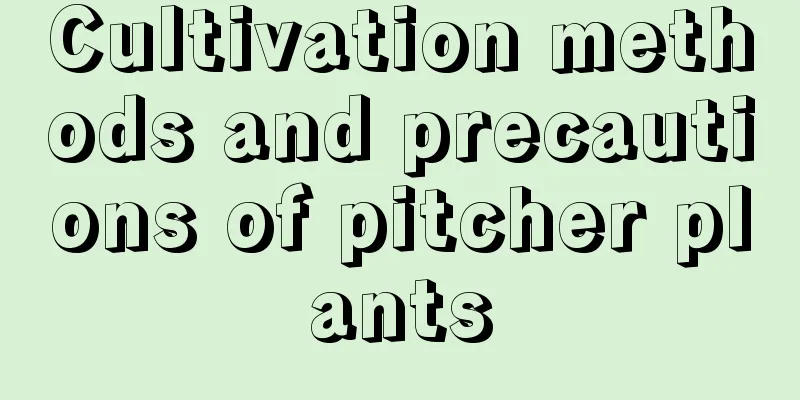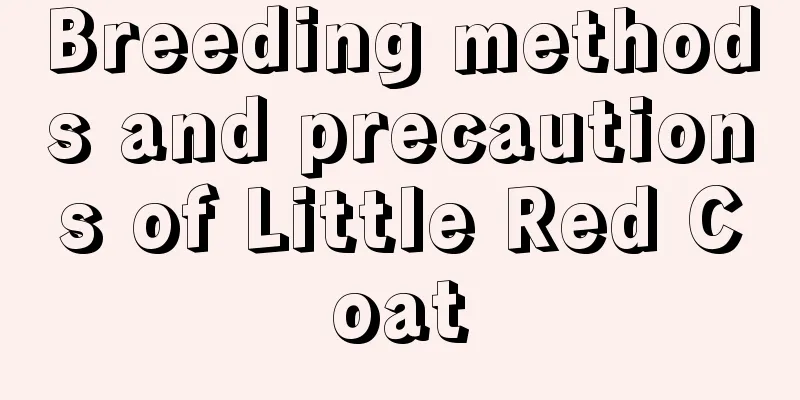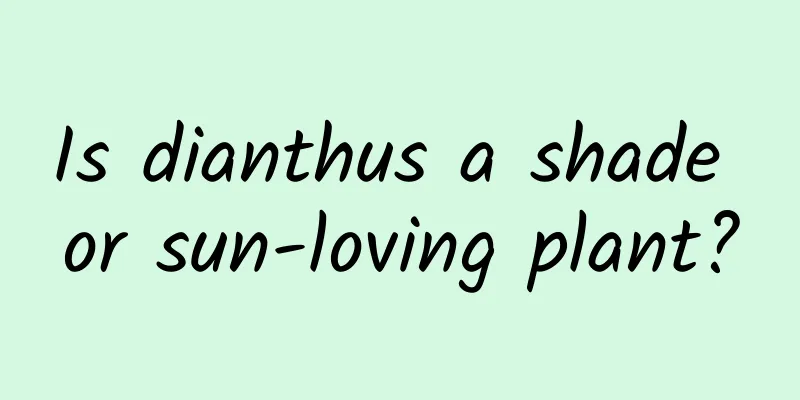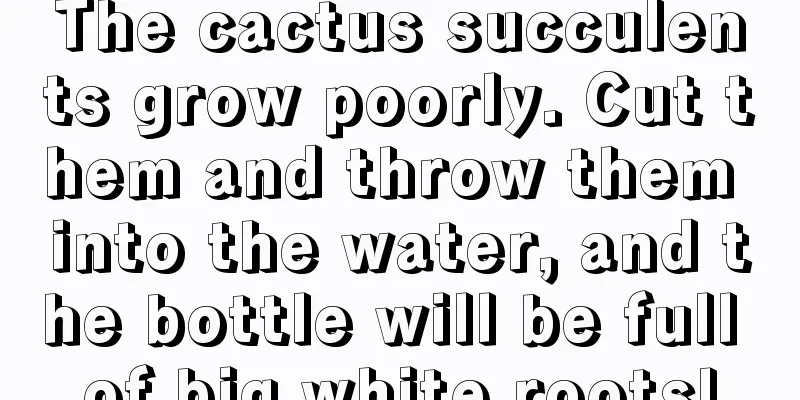Cultivation methods and precautions of pitcher plants

1. Maintenance methods1. Temperature: Pitcher plants prefer a warmer environment. The normal growth temperature is between 20 and 32 degrees. It should not be too cold in winter, and the minimum temperature should be kept above 5 degrees, otherwise it will easily get frostbite. Of course, the temperature should not be too high in summer, and it should be cooled down when necessary. 2. Watering: The potting soil needs to be kept moist, not too dry, and the air humidity must also meet the standard. In summer, you can use rainwater for irrigation in moderation, which will make the growth rate faster. In winter, you don't need to water too much, and when watering, do not water into the bottle to prevent rot. 3. Light: Fluctuating light can cause death. If the light is not sufficient, its color will turn green. Shade is needed in summer and light can be reduced appropriately in winter. However, warm light needs to be maintained during the spring growth period and in winter. 4. Fertilization: Nitrogen fertilizer can be applied during the growth period to increase the growth rate. It is sufficient to apply it about once every half a month. At the same time, in order to achieve nutritional balance, it is also necessary to combine it with phosphorus and potassium fertilizers. 2. Breeding techniques1. Reproduction: Cuttings and divisions are two important methods. For cuttings, you can cut disease-free leaves and directly insert them into the flowerpots, keeping the soil moist and waiting for germination. If you divide it, some small plants will grow around it, which you can pick off and replant. 2. Pruning: Pitcher plants can suffer from root rot, which will seriously affect their growth, so they need to be pruned in time to effectively prevent infection to other healthy branches and leaves. 3. Problem diagnosis and treatment1. Disease: Root rot is caused by excessive watering. Because it has a well-developed root system but poor air permeability, wettable powder is needed to control it. 2. Pests: Red spider mites will appear inside its bottle and can be eliminated by diluting insecticide. IV. Other issues1. Toxicity: It is not poisonous. Although its appearance is relatively prominent among all potted plants, it can be cultivated. 2. Can it be kept at home? Of course you can, but be careful not to expose it to direct sunlight, and don’t place it directly on the balcony in summer. |
>>: How to grow Thousand Birds Flower
Recommend
When is the best time to prune jade trees?
Pruning effect of jade tree Pruning and shaping t...
How to grow geranium
1. Moisture control When raising it, be sure not ...
Is camellia suitable for the bedroom?
1. Reasons for being suitable (1) Toxicity: It is...
The efficacy and function of green radish tea
1. Lower blood sugar Drinking green radish tea ca...
Don’t put the flowers in your home here, or you may lose money and bring disaster!
Taboos on placing fortune trees Placement of the ...
What is the function of Caragana
Ornamental effect Caragana has a certain ornament...
Why does the jade bell drop its leaves?
reason The temperature is too low. Jade bell like...
How to sow the featherleaf iris
Selection of sowing environment for Pinnata It ca...
Can ginkgo trees be grown in the south?
Can ginkgo trees be grown in the south? Ginkgo tr...
Management of grapevines in March
The beginning of spring comes earlier this year, ...
What is the flower language of Epiphyllum?
1. Its flower language Its flower language has a ...
How to promote the flower buds of Cymbidium orchids and the growth rate of flower buds
1. How to promote flower buds in Cymbidium orchid...
Cultivation methods and precautions of the rich fern
one. Plant water and fertilizer management This p...
Kale planting time and method cultivation and management technology
Kale planting time Kale can be planted throughout...
It repels mosquitoes and tastes delicious. Plant a pot of it in the kitchen and you will make a fortune!
Perilla Perilla is a common spice that has both e...









